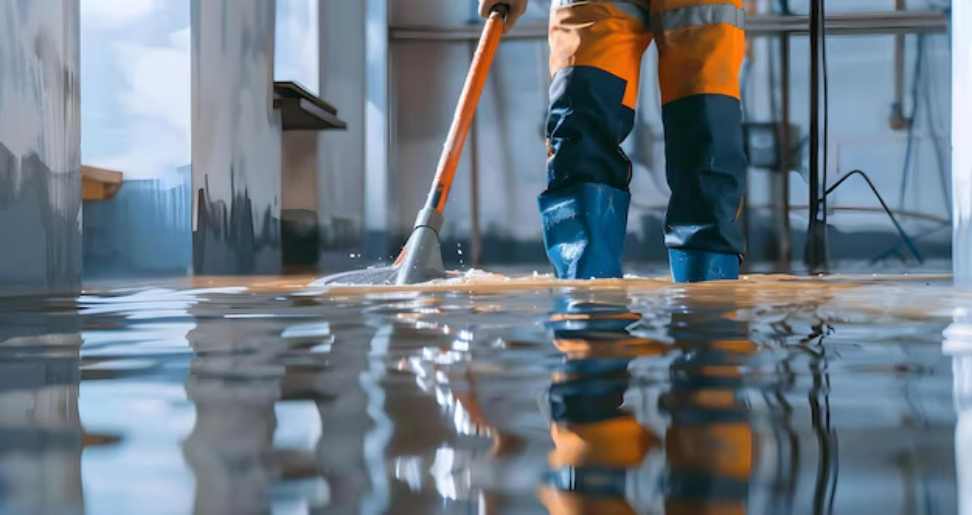Water damage can strike at any moment, whether from a burst pipe, heavy rain, or a malfunctioning appliance. Acting quickly is crucial to minimize the extent of the damage and prevent further issues like mold growth. In this article, we’ll guide you through the essential steps to take immediately after experiencing water damage in your home.
Assess the Situation and Safety
The first step is to assess the extent of the water damage and ensure your safety. Determine the source of the water and whether it poses any electrical or structural risks. If you notice any exposed wires or loose floorboards, avoid the affected area and contact emergency services if necessary.
Turn Off the Water Supply
If the water damage is caused by a burst pipe or a leaking appliance, locate the main water shut-off valve and turn it off to stop the flow of water. This will help prevent further damage and give you time to clean up the existing mess.
Unplug Electrical Devices
If there is standing water in the affected area, unplug any electrical devices and avoid turning on lights or appliances until the area is completely dry. This will help prevent electrical shocks and minimize the risk of fire.
Document the Damage
Take photos and videos of the affected areas before beginning the cleanup process. This documentation will be helpful when filing an insurance claim. Be sure to keep a detailed record of the damage and any repairs made.
Emergency Water Damage Cleanup
If the water damage is extensive, it’s best to call a professional water damage restoration company for emergency water damage cleanup. These companies have the necessary equipment and expertise to quickly and effectively remove standing water, dry out the affected areas, and prevent mold growth.
If the damage is limited to a small area, you can begin the cleanup process yourself. Use a wet/dry vacuum to remove standing water, and use fans and dehumidifiers to dry out the area. Be sure to wear protective gear, such as gloves and goggles, to avoid exposure to contaminated water.
Discard Damaged Items
Anything that has been in contact with contaminated water, such as food, cosmetics, or medications, should be discarded. Porous materials like carpets, upholstery, and drywall may need to be replaced if they cannot be thoroughly dried and cleaned.
Prevent Mold Growth
Mold can begin to grow within 24-48 hours of water exposure, so it’s essential to act quickly to prevent its growth. Use a solution of bleach and water to clean and disinfect any affected areas, and be sure to thoroughly dry the area before reassembling furniture or replacing items.
House Cleaning
Once the water damage has been addressed and the area is dry, it’s time to begin the house cleaning process. Wipe down all surfaces with a disinfectant cleaner, and use a HEPA vacuum to remove any dust or debris. Be sure to clean and disinfect any items that were not discarded during the cleanup process.
Conclusion
Water damage can be a stressful and overwhelming experience, but by acting quickly and following these essential steps, you can minimize the extent of the damage and get your home back to normal. Remember to prioritize safety, document the damage, and call in professional help if needed. With proper cleanup and prevention measures, you can prevent mold growth and avoid costly repairs in the future.
Read more:
- FintechZoom Life Insurance
- All You Need To Know About Geometry Spot
- What Is Pranjal Dahiya husband Name? The Life And Love Of A Rising Star

